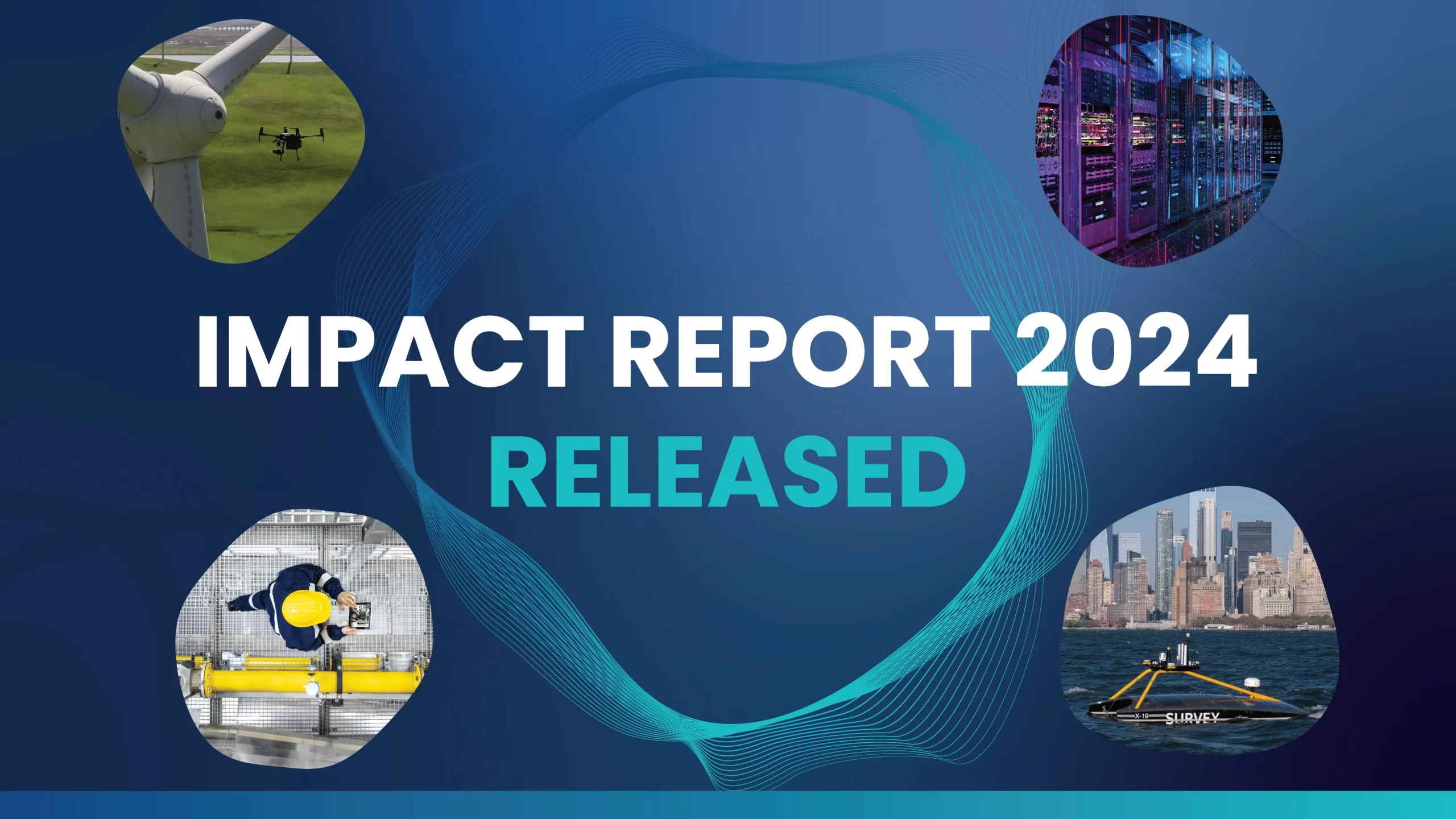



Understanding and addressing methane emissions is an important step toward net zero, but traditional methodologies of reporting emissions at source level are under increasing scrutiny. Whilst techniques are emerging that show potential to provide more accurate onshore measurements, many have limited application for offshore assets.

In 2019, bp contracted SeekOps to explore using a novel methane detection and quantification technique over its Clair Phase 1 facility, West of Shetland in the UK’s North Sea. SeekOps developed a simulation tool for analysis and flight planning, using an air pollutant plume dispersion equation and relative standard deviation to map expected concentration fluctuations.
A closed-cavity methane spectrometer, able to gather high-density methane concentration data was mounted to a fixed wing UAV. Following rigorous risk review, UK unmanned systems specialists Flylogix gained approval for a flight pattern both within and around the exclusion zone of the facility, and the flight was safely conducted beyond visual line of sight.

The project is the first example of an operational aerial monitoring method using miniature spectrometers on UAVs for offshore environments. It provided high resolution measurements, with in-flight detection limits (3σ) of 1065ppb methane above background in 2019/2020. In late 2020 and 2021 the technology was improved through funding provided by the Net Zero Technology Centre (NZTC) and six operators in the UK North Sea, which resulted in detection limits as low as 150ppb (3σ)2. Simulations show that typical minimum detection limits in mass flow rate are 50 kg/h for the 2019/2020 sensor and 2.5kg/h in 2021. The findings demonstrate the technology’s potential to acquire facility level information to verify industry emission performance and data.

Since the initial 2019 flight, further surveys have now been carried out for 11 offshore assets. These covered the Clair Ridge and Glen Lyon bp operated assets, and those of several other UK North Sea operators, for a total of 18 flights. Signal noise has improved by almost an order of magnitude since the earlier versions of the sensor, and all flights have been safely executed with no recordable incidents.
By combining compact, sensitive, low weight sensors, higher resolution aerial measurements, and innovative algorithms for emission rate calculation, the project aims to develop a methodology for detecting and quantifying methane emissions that can be used at any of the world’s offshore facilities.




